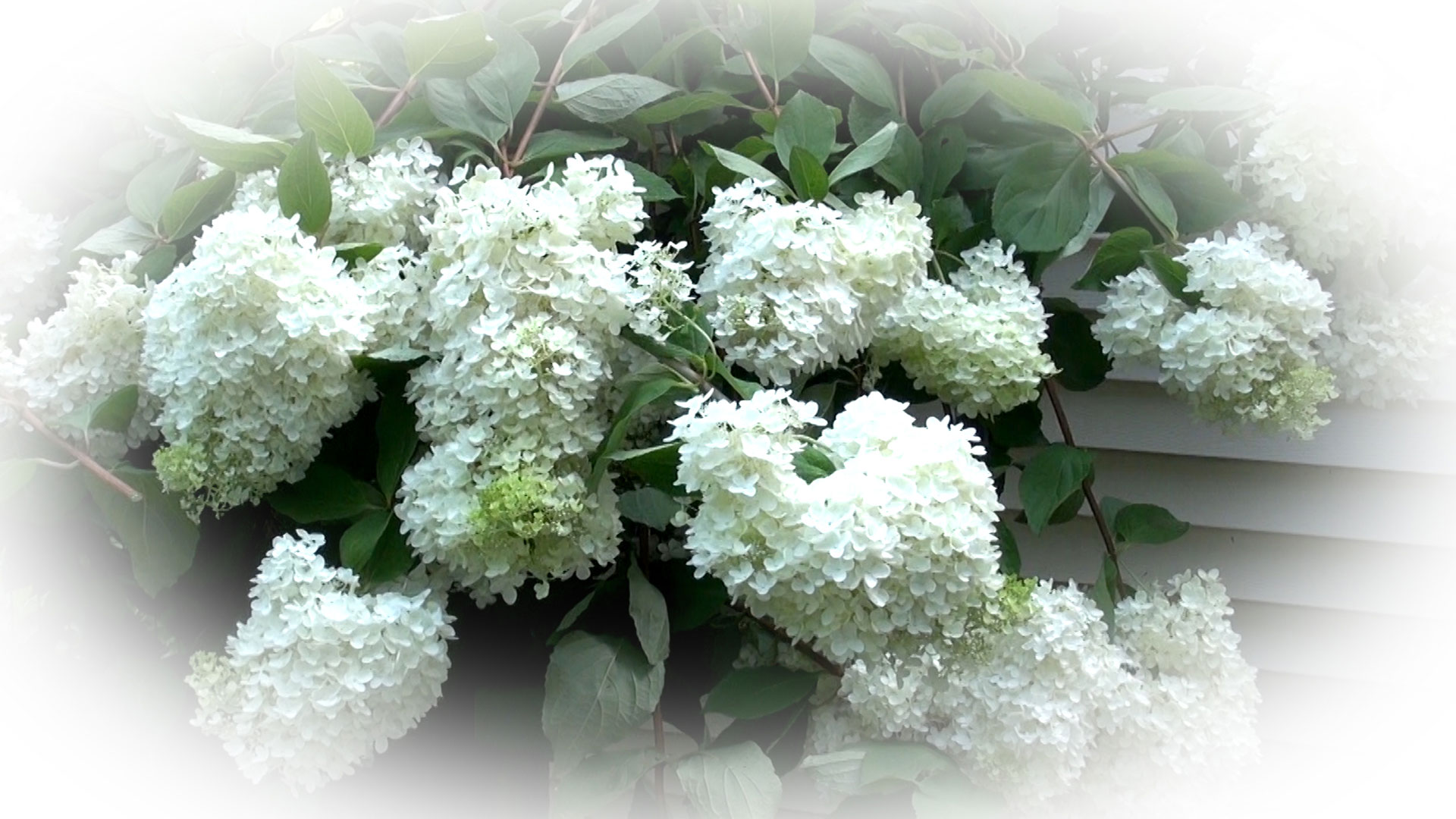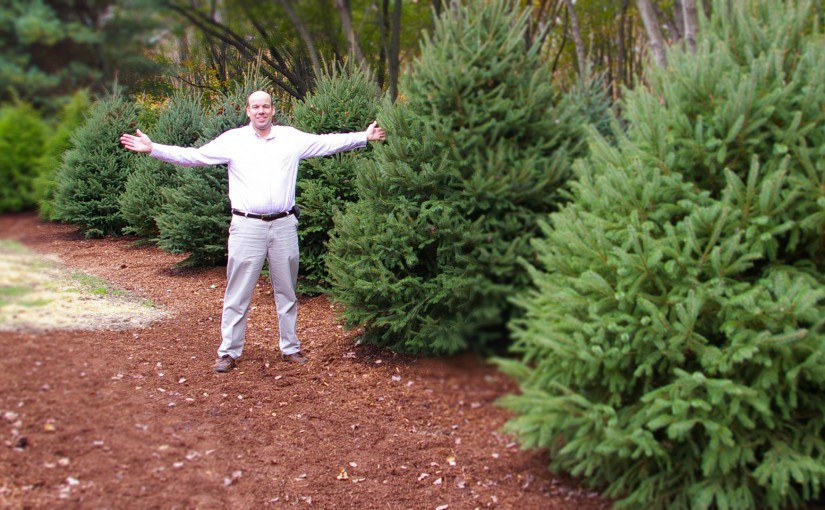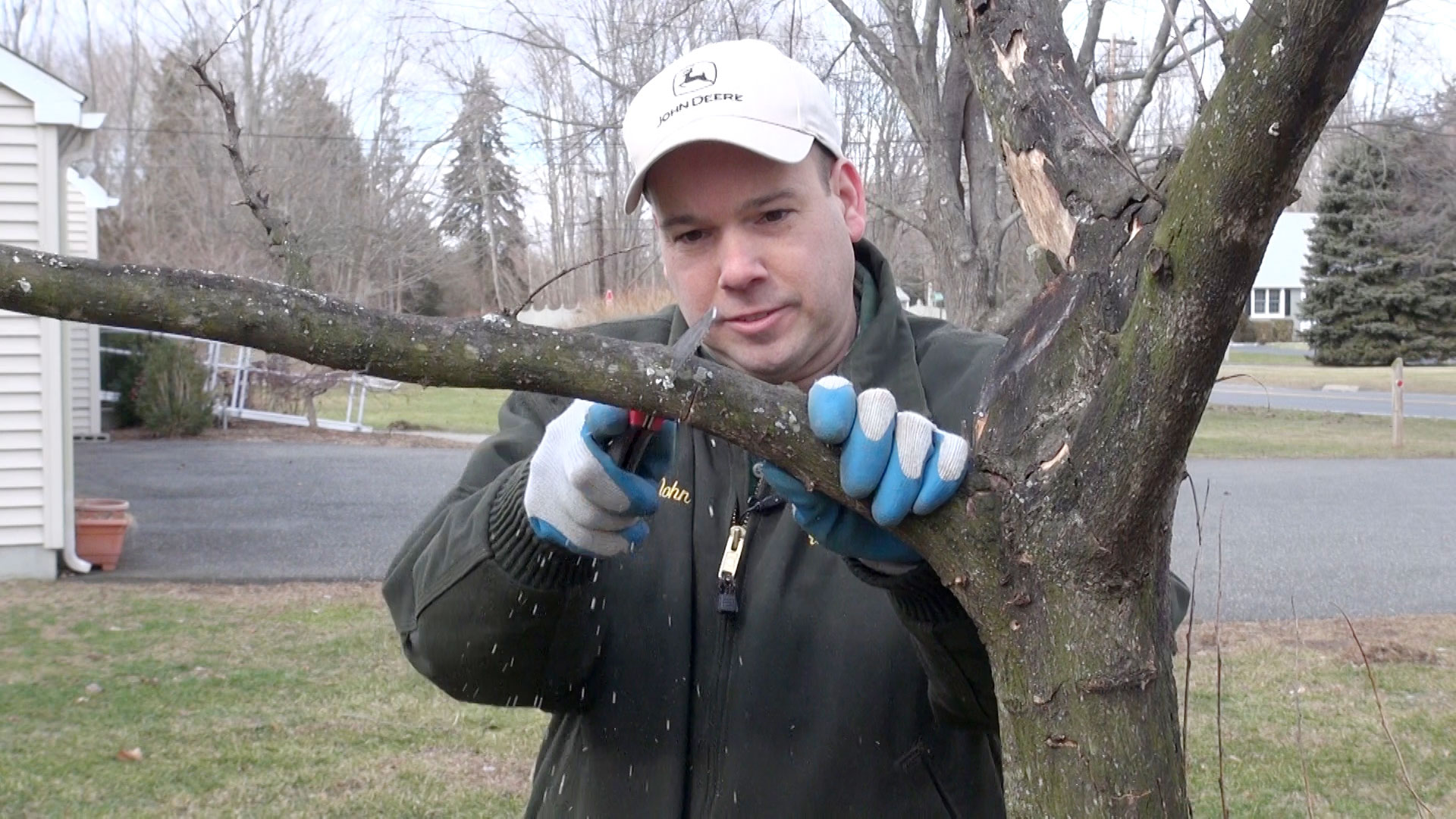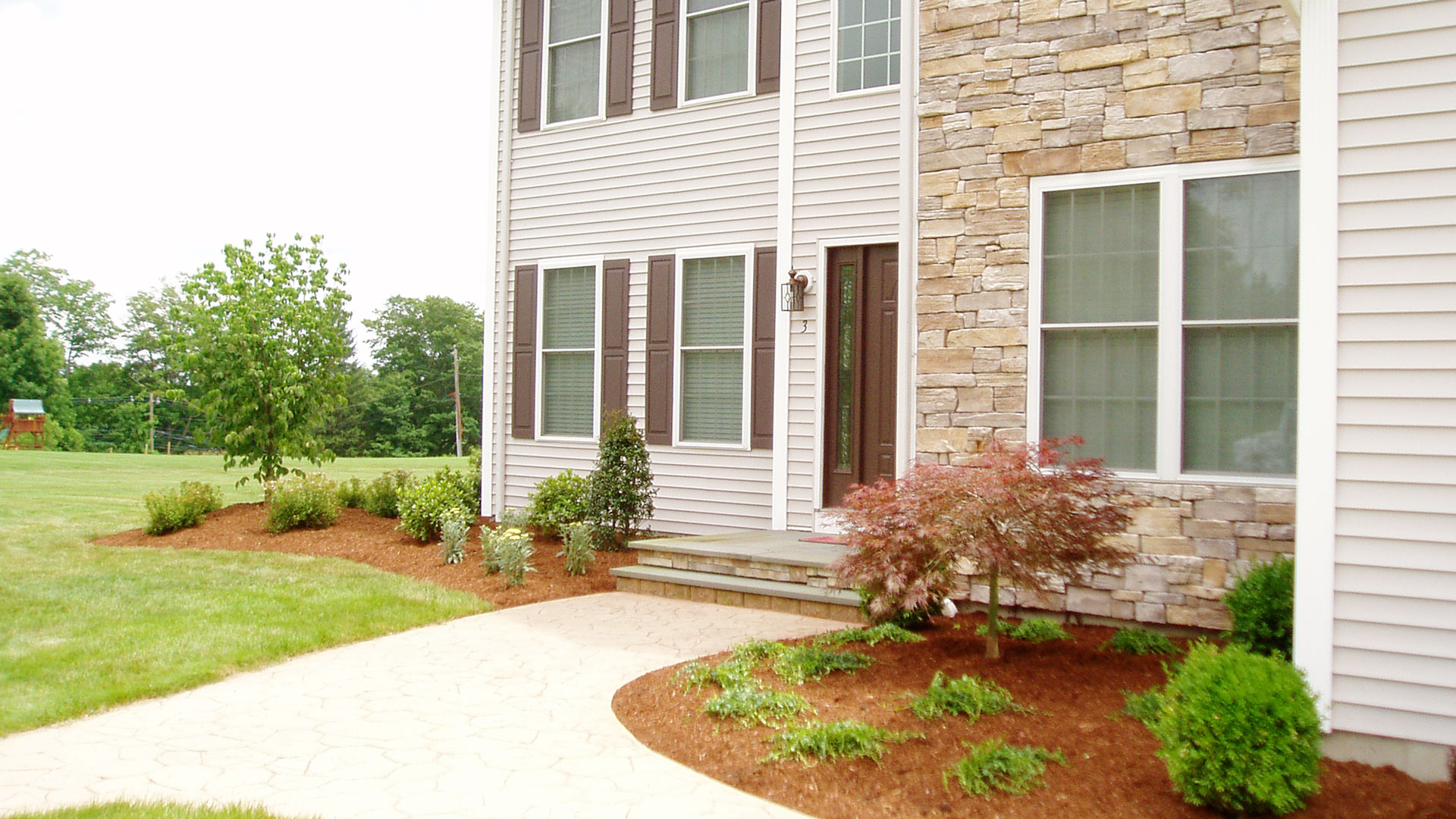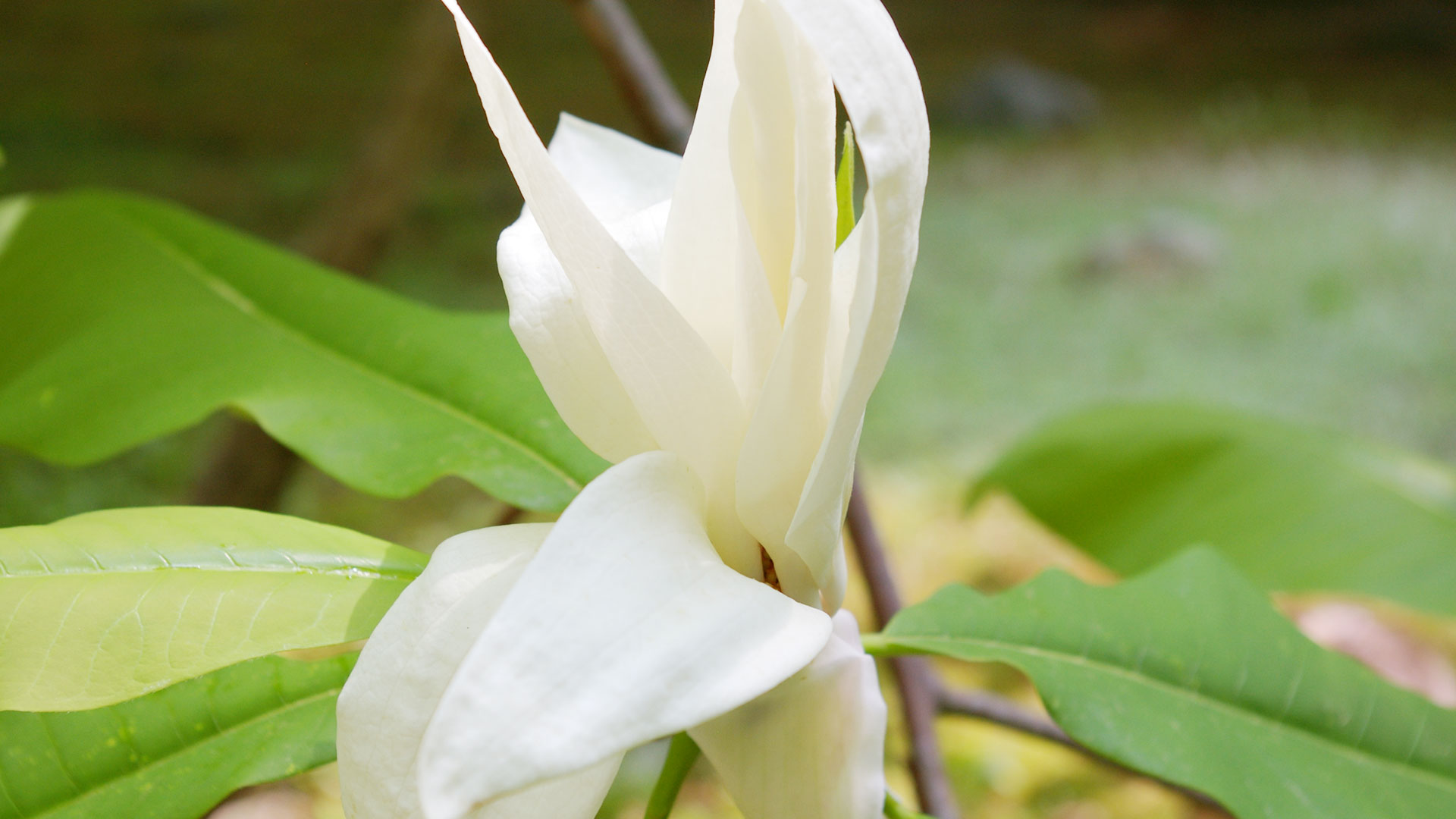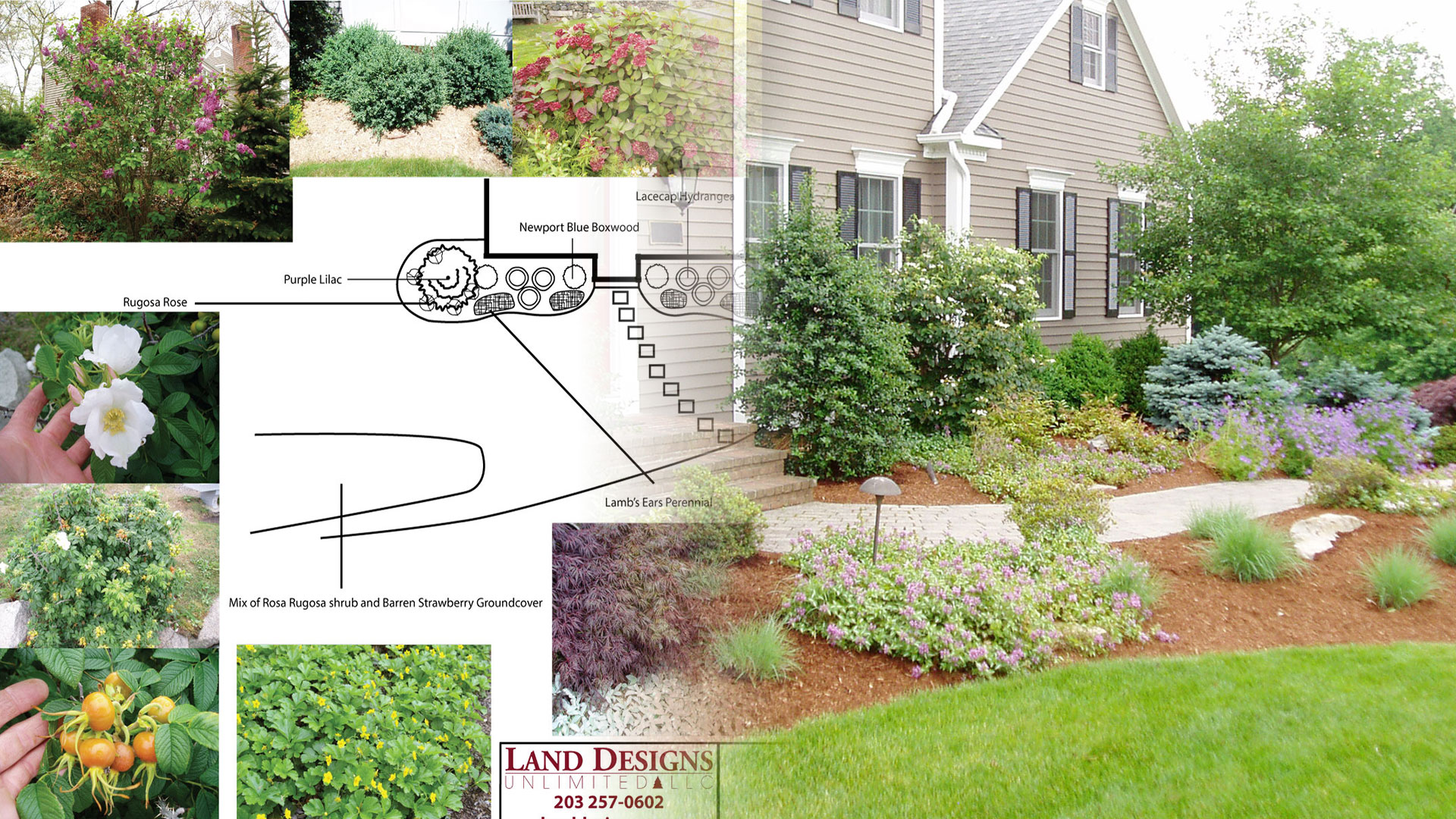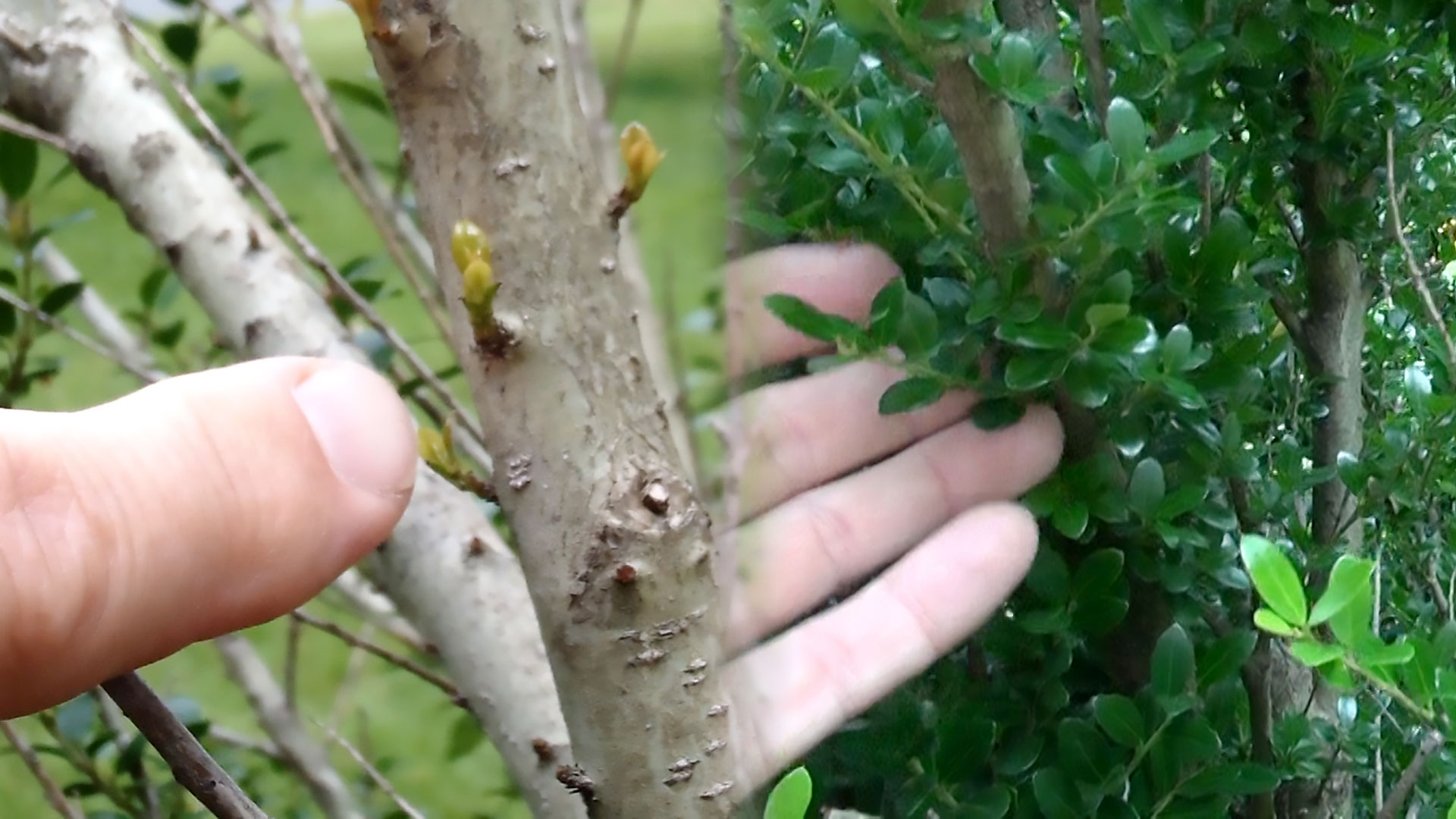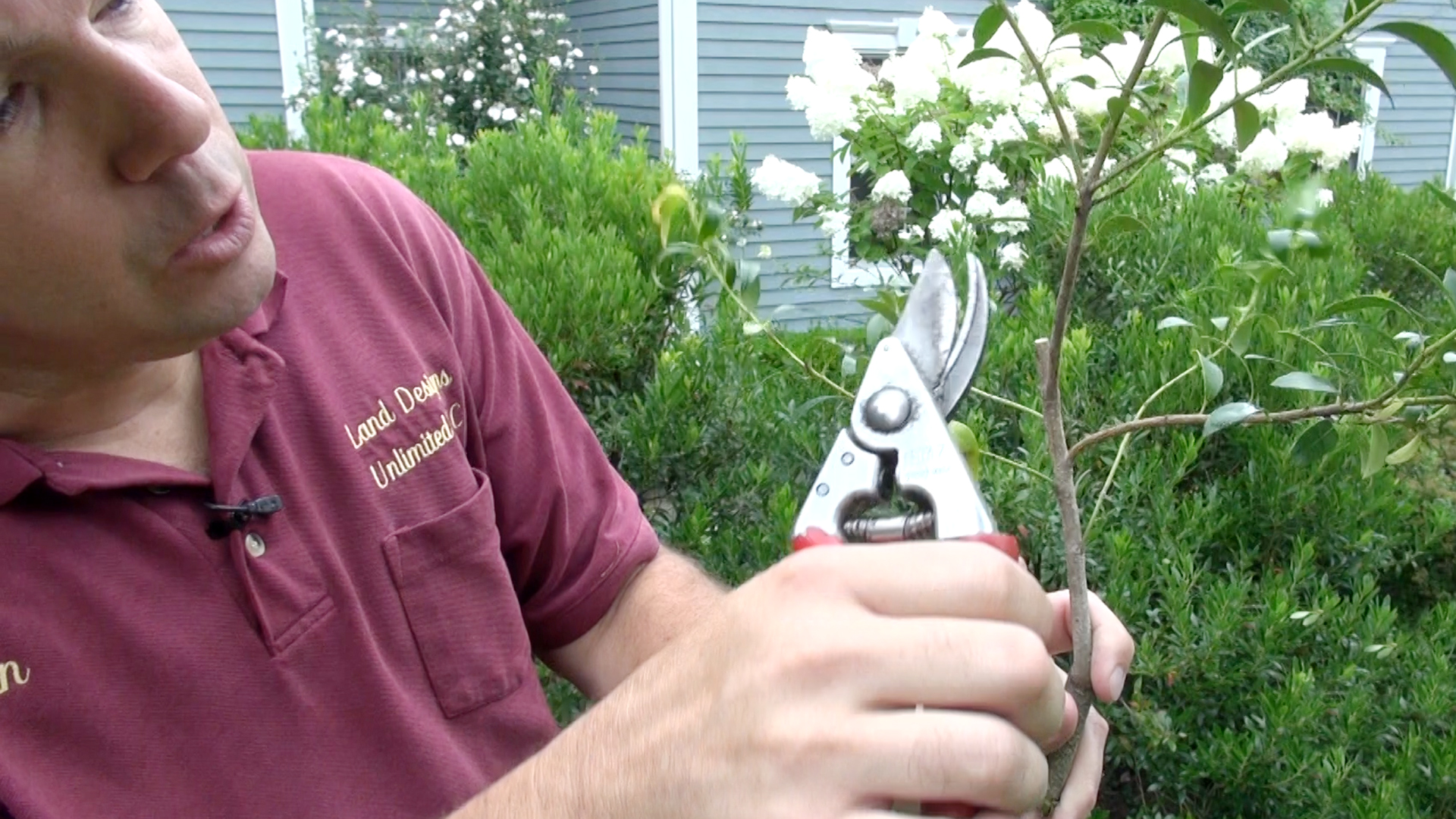Why do people get out their hedge shears once a year, usually during the heat of June or July, and prune their evergreen shrubs like a new recruit in the army? Yes Virginia, there is a better way!
If you want healthy, attractive and easy to care for evergreen shrubs try selective pruning.
Benefits of Selectively Pruning Evergreen Shrubs
Selective pruning has many benefits.
- Your shrubs will have a natural look, and be more forgiving of pruning mistakes.
- Your shrubs will have an open habit to allow more air and light to enter, resulting in less insects and disease.
- You can control your shrubs height indefinitely.
How to Selectively Prune Evergreen Shrubs
You can selectively prune many evergreen shrubs, such as:
- Boxwood (Buxus)
- Holly (Ilex)
- Yew (Taxus)
- Andromeda (Pieris)
Do heavy pruning in late spring to early summer and continue with minor pruning throughout the season.
Use a sharp pair of pruning shears to cut the branches at varying lengths throughout the shrub, try not cut them all on one plane.
Prune with the result in mind, knowing what you want the shrub to look like. Then, one branch at a time, thin out the branches by cutting them back into the shrub. Your goal is to cut the branch where there’s new growth or back to a crossing branch. Work your way around the shrub pruning some branches a little below your desired height and some branches way inside the shrub.
I begin pruning where the foliage is most dense and cut some branches deep into the shrub to allow air and light to enter.
Next, I work my way toward the outside of the shrub cutting some branches about half way.
Finally, I level out the ends of most branches to give the shrub a loosely manicured look.
Take your time and everything will be fine. The beauty of selective pruning is that if you make a mistake there will be other branches to fill in.
I have trained many on this pruning method and assure you it’s normal to be a little nervous the first time you do it. Take your time. After a few shrubs you’ll get the hang of it. By the end of the season you’ll wonder why you ever bothered with a hedge trimmer.
By John Holden
